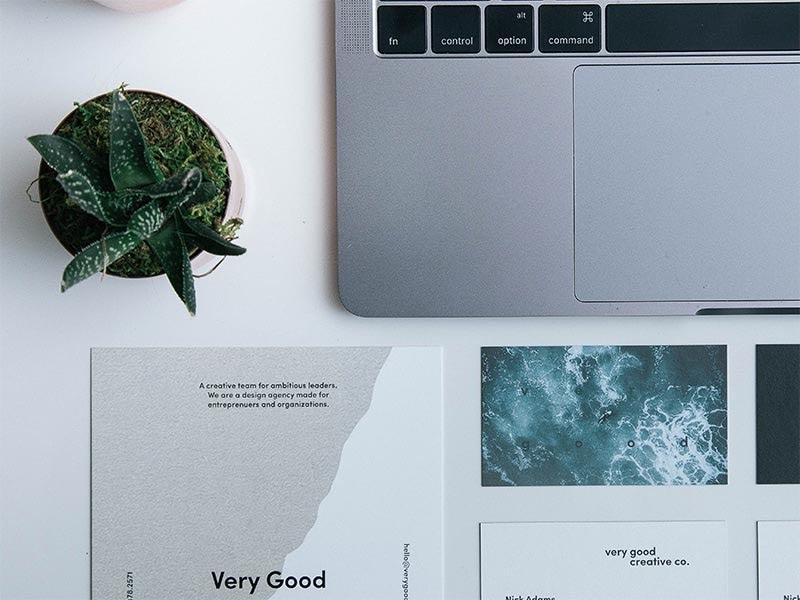
Key Structural Principles of Design in Graphic and Web Design
The following key structural principles of design are essential in both graphic and web design to create visually appealing, functional, and user-friendly designs:
1. Balance
• Symmetrical Balance: Equal weight on both sides of a central axis, creating a formal and stable design.
• Asymmetrical Balance: Different visual-weight elements are arranged to create a balanced yet dynamic composition.
• Radial Balance: Elements radiate from a central point, creating a balanced circular arrangement.
2. Proximity
• Grouping: Related items are grouped together to connect them, enhancing organization and readability.
• Whitespace: Using negative space to separate elements gives the design room to breathe and improves clarity.
3. Alignment
• Consistent Alignment: Aligning elements along a common edge or centerline to create a cohesive and orderly layout.
• Grid Systems: Using grids to ensure consistent alignment and structure, providing a framework for arranging elements systematically.
4. Repetition
• Consistency: Repeating visual elements like colors, shapes, and fonts to create a unified and cohesive design.
• Patterns: Using repeated motifs to create rhythm and visual interest.
5. Contrast
• Visual Contrast: Differences in color, size, shape, texture, and other elements to create emphasis and draw attention to key areas.
• Text Contrast: Using contrasting colors or styles for text to improve readability and hierarchy.
6. Hierarchy
• Visual Hierarchy: Arranging elements to guide the viewer’s eye through the design in order of importance.
• Typographic Hierarchy: Using different font sizes, weights, and styles to indicate the importance of text elements.
7. Unity
• Consistency: Ensuring all design elements work together harmoniously to create a cohesive whole.
• Theming: Applying a consistent theme or style throughout the design to unify the visual experience.
8. Emphasis
• Focal Points: Creating points of interest that draw attention and highlight the most important parts of the design.
• Color and Size: Using color, size, and placement to emphasize key elements.
9. Movement
• Directional Flow: Guiding the viewer’s eye through the design using lines, shapes, and positioning.
• Visual Pathways: Creating a sense of motion and flow that leads viewers from one element to another.
10. Whitespace (Negative Space)
• Breathing Room: Providing space around elements to prevent a cluttered look and enhance readability.
• Focus: Using whitespace strategically to focus attention on important elements.
11. Typography
• Font Selection: Choosing fonts that complement the design and convey the intended message.
• Readability: Ensuring that text is legible and easy to read, using appropriate font sizes, line heights, and spacing.
12. Color
• Color Theory: Applying principles of color theory to create harmony, contrast, and visual interest.
• Brand Consistency: Using colors that align with the brand identity and evoke the desired emotions.
Applying These Principles
When designing a graphic or web layout, consider the following steps to apply these principles effectively:
1. Plan Your Layout: Start with a wireframe or sketch to plan the placement of elements, ensuring balance and alignment.
2. Choose a Color Scheme: Select a cohesive color palette that aligns with the brand and creates the desired visual impact.
3. Select Fonts and Typography: Choose fonts that enhance readability and establish a clear hierarchy.
4. Organize Content: Group related elements together and use proximity to enhance organization.
5. Use Grids: Implement a grid system to maintain consistent alignment and structure.
6. Add Visual Interest: Incorporate contrast, repetition, and emphasis to create a dynamic and engaging design.
7. Review and Refine: Continuously review the design to ensure unity, clarity, and visual appeal.
By understanding and applying these key structural principles, designers can create effective, attractive, and user-friendly designs that communicate the intended message and provide a positive user experience.